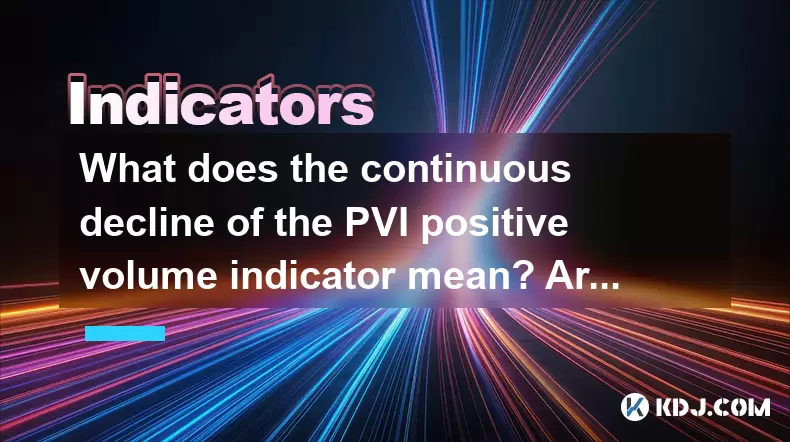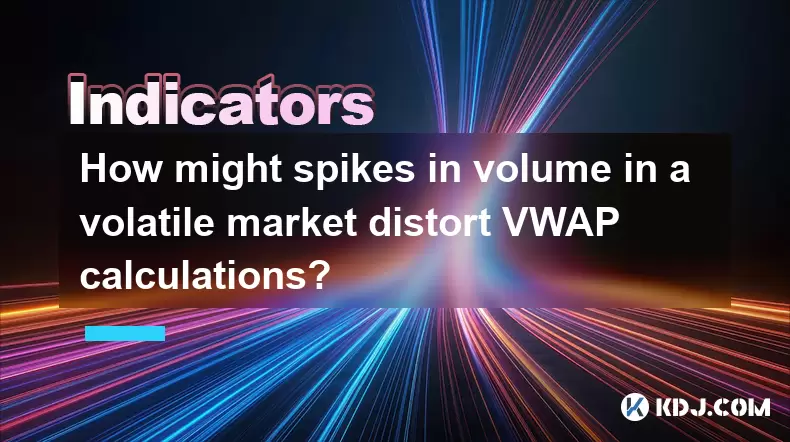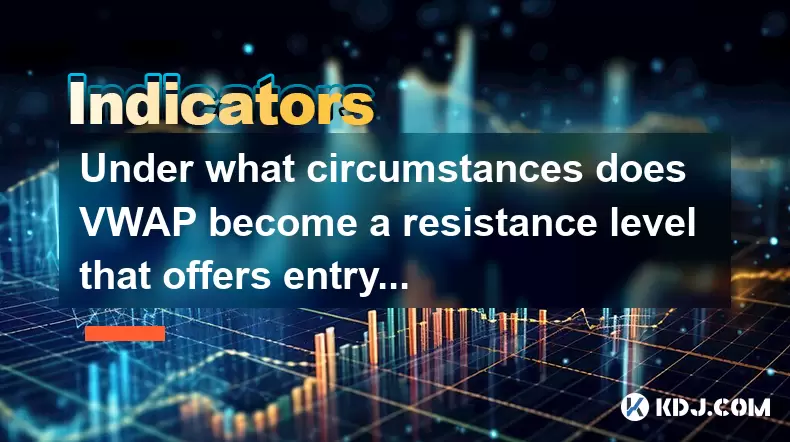-
 Bitcoin
Bitcoin $117700
-0.03% -
 Ethereum
Ethereum $3805
0.49% -
 XRP
XRP $3.098
-1.00% -
 Tether USDt
Tether USDt $1.000
0.03% -
 BNB
BNB $792.8
-1.72% -
 Solana
Solana $177.9
-1.95% -
 USDC
USDC $1.000
0.02% -
 Dogecoin
Dogecoin $0.2202
-1.55% -
 TRON
TRON $0.3278
-2.92% -
 Cardano
Cardano $0.7641
-2.43% -
 Hyperliquid
Hyperliquid $42.21
-2.68% -
 Sui
Sui $3.758
-1.58% -
 Stellar
Stellar $0.4080
-3.21% -
 Chainlink
Chainlink $17.75
-0.33% -
 Bitcoin Cash
Bitcoin Cash $591.8
4.96% -
 Hedera
Hedera $0.2561
-3.09% -
 Avalanche
Avalanche $23.34
-4.24% -
 Litecoin
Litecoin $110.7
1.96% -
 UNUS SED LEO
UNUS SED LEO $8.956
-0.01% -
 Toncoin
Toncoin $3.410
0.79% -
 Ethena USDe
Ethena USDe $1.001
0.03% -
 Shiba Inu
Shiba Inu $0.00001288
-1.82% -
 Uniswap
Uniswap $10.07
-2.06% -
 Polkadot
Polkadot $3.807
-2.27% -
 Monero
Monero $308.2
-2.15% -
 Dai
Dai $1.000
0.03% -
 Bitget Token
Bitget Token $4.521
-0.30% -
 Pepe
Pepe $0.00001134
-1.52% -
 Cronos
Cronos $0.1457
0.65% -
 Aave
Aave $274.9
-2.47%
What does the continuous decline of the PVI positive volume indicator mean? Are retail investors dominating the market?
A continuously declining PVI suggests retail investors are either selling or buying at lower prices, signaling weak confidence and potential bearish sentiment in the market.
Jun 20, 2025 at 09:14 pm

Understanding the PVI Positive Volume Indicator
The PVI (Positive Volume Index) is a technical analysis indicator primarily used to identify trends in trading volume and their correlation with price movements. It assumes that on days when trading volume increases compared to the previous day, the market is being influenced by less sophisticated investors — typically retail traders. The PVI tracks these up-volume days to gauge how this segment of the market is behaving.
A continuous decline in the PVI suggests that even during periods of increased trading volume, the price action is not confirming an uptrend. This could indicate that retail investors are either exiting positions or buying at lower prices, which might reflect uncertainty or bearish sentiment among them.
What Causes the PVI to Decline Continuously?
When the PVI consistently moves downward, it signals that rising volume isn't accompanied by rising prices. There are several possible reasons for this:
- Retail selling pressure: Retail investors may be selling off assets despite high volume, which drags down prices.
- Lack of conviction: Even if retail investors are buying, they may be doing so at lower prices, suggesting weak confidence.
- Smart money dominance: Institutional traders may be taking profits while retail investors absorb the selling pressure without pushing prices upward.
This divergence between volume and price can serve as a warning sign that the prevailing trend may not be sustainable, especially in cryptocurrency markets where retail participation is significant.
How to Interpret the PVI in Cryptocurrency Markets
In the context of cryptocurrency trading, the PVI becomes particularly insightful due to the market's heavy reliance on retail participation. Here’s how to interpret its behavior:
- A rising PVI often coincides with strong retail buying activity, especially during bullish phases.
- A falling PVI, however, indicates that even though more people are transacting (higher volume), the price is not responding positively — a potential red flag.
- Traders often combine PVI with other indicators like NVIs (Negative Volume Index) to get a clearer picture of institutional versus retail sentiment.
To calculate the PVI, follow these steps:
- Start with a base value (usually 1000).
- If today’s volume > yesterday’s volume:
- PVI = Previous PVI + [(Today’s Close – Yesterday’s Close) / Yesterday’s Close] × Previous PVI
- If today’s volume ≤ yesterday’s volume:
- PVI remains unchanged.
Signs That Retail Investors Are Dominating the Market
A prolonged drop in the PVI can point toward retail investor dominance, but it must be interpreted alongside other metrics. Here are signs that retail traders are steering the market:
- High volatility without clear fundamental triggers: Retail traders tend to react emotionally to news, causing exaggerated price swings.
- Social media influence: Platforms like Twitter, Reddit, and Telegram drive narratives that often precede price changes.
- Increased small trade volume: Exchanges show a surge in smaller trades, which are typically associated with individual investors rather than large institutions.
Monitoring exchange data, order book depth, and open interest on derivatives platforms can help confirm whether the market is being driven by retail sentiment.
How to Use PVI in Your Trading Strategy
If you're analyzing the PVI to understand retail behavior, consider integrating it into your broader trading strategy through the following steps:
- Overlay the PVI with price charts: Look for divergences where price rises but PVI falls — this may suggest weakening retail support.
- Combine with moving averages: Applying a moving average to the PVI can smooth out noise and highlight trend direction.
- Cross-reference with NVI: While PVI focuses on up-volume days, NVI does the opposite. Together, they paint a clearer picture of both retail and institutional sentiment.
- Use alongside on-chain metrics: In crypto, tools like Glassnode or Dune Analytics provide insights into wallet activity, which can corroborate what the PVI suggests about retail behavior.
Always ensure that the PVI is not used in isolation; instead, treat it as one piece of a larger analytical puzzle.
Frequently Asked Questions
Q: Can the PVI be used for short-term trading in crypto?
Yes, although the PVI is better suited for identifying medium-term trends. Short-term traders should combine it with faster-reacting indicators like RSI or MACD for more actionable signals.
Q: How does PVI differ from On-Balance Volume (OBV)?
While both track volume, PVI only considers days when volume increases, focusing on retail behavior. OBV, on the other hand, accumulates volume every day regardless of whether it’s higher or lower than the previous day.
Q: Is the PVI reliable in low-volume cryptocurrencies?
The PVI may produce misleading signals in low-volume altcoins because erratic volume spikes can distort the index. It works best in more liquid and actively traded assets.
Q: Does the PVI work across all timeframes?
The PVI can be applied to any timeframe, but it tends to be more reliable on daily or weekly charts. Intraday charts may generate too many false signals due to micro-fluctuations in volume.
Disclaimer:info@kdj.com
The information provided is not trading advice. kdj.com does not assume any responsibility for any investments made based on the information provided in this article. Cryptocurrencies are highly volatile and it is highly recommended that you invest with caution after thorough research!
If you believe that the content used on this website infringes your copyright, please contact us immediately (info@kdj.com) and we will delete it promptly.
- LYNO Token Presale: AI Arbitrage Revolution in DeFi
- 2025-07-31 05:11:11
- Pepecoin Successors: Can These Cryptocurrencies Make You a Millionaire?
- 2025-07-31 05:50:12
- AML Bitcoin Fraud: Cracking Down on Crypto Crime in the Big Apple and Beyond
- 2025-07-31 04:33:53
- Cardano (ADA) in 2025: Navigating Crypto's Future
- 2025-07-31 03:52:07
- Solana Meme Coin Price Prediction: Will the Frog Outleap the Dog?
- 2025-07-31 03:52:07
- Bitcoin's Bullish Outlook: CryptoQuant's Insights on Futures Market Cooling
- 2025-07-31 03:59:10
Related knowledge

How to use the AVL indicator with MACD for better signals?
Jul 31,2025 at 09:22am
Understanding the AVL Indicator and Its Role in Cryptocurrency TradingThe AVL indicator, also known as the Accumulation Volume Line, is a volume-based...

How to identify sell signals with the AVL indicator?
Jul 31,2025 at 07:09am
Understanding the AVL Indicator and Its Core ComponentsThe AVL indicator, also known as the Accumulation Volume Line, is a volume-based technical anal...

What are the best settings for the AVL indicator?
Jul 31,2025 at 10:04am
Understanding the AVL Indicator and Its PurposeThe AVL indicator, also known as the Accumulation Volume Line, is a technical analysis tool used in the...

How does the VWAP line help in identifying overbought and oversold market conditions?
Jul 31,2025 at 05:19am
Understanding the VWAP Line and Its Role in Technical AnalysisThe Volume Weighted Average Price (VWAP) is a critical tool used by traders within the c...

How might spikes in volume in a volatile market distort VWAP calculations?
Jul 31,2025 at 07:40am
Understanding VWAP and Its Core ComponentsVWAP, or Volume-Weighted Average Price, is a trading benchmark that gives the average price a cryptocurrency...

Under what circumstances does VWAP become a resistance level that offers entry opportunities?
Jul 31,2025 at 08:57am
Understanding the Basics of Staking in CryptocurrencyStaking is a process used in proof-of-stake (PoS) blockchain networks to validate transactions an...

How to use the AVL indicator with MACD for better signals?
Jul 31,2025 at 09:22am
Understanding the AVL Indicator and Its Role in Cryptocurrency TradingThe AVL indicator, also known as the Accumulation Volume Line, is a volume-based...

How to identify sell signals with the AVL indicator?
Jul 31,2025 at 07:09am
Understanding the AVL Indicator and Its Core ComponentsThe AVL indicator, also known as the Accumulation Volume Line, is a volume-based technical anal...

What are the best settings for the AVL indicator?
Jul 31,2025 at 10:04am
Understanding the AVL Indicator and Its PurposeThe AVL indicator, also known as the Accumulation Volume Line, is a technical analysis tool used in the...

How does the VWAP line help in identifying overbought and oversold market conditions?
Jul 31,2025 at 05:19am
Understanding the VWAP Line and Its Role in Technical AnalysisThe Volume Weighted Average Price (VWAP) is a critical tool used by traders within the c...

How might spikes in volume in a volatile market distort VWAP calculations?
Jul 31,2025 at 07:40am
Understanding VWAP and Its Core ComponentsVWAP, or Volume-Weighted Average Price, is a trading benchmark that gives the average price a cryptocurrency...

Under what circumstances does VWAP become a resistance level that offers entry opportunities?
Jul 31,2025 at 08:57am
Understanding the Basics of Staking in CryptocurrencyStaking is a process used in proof-of-stake (PoS) blockchain networks to validate transactions an...
See all articles

























































































